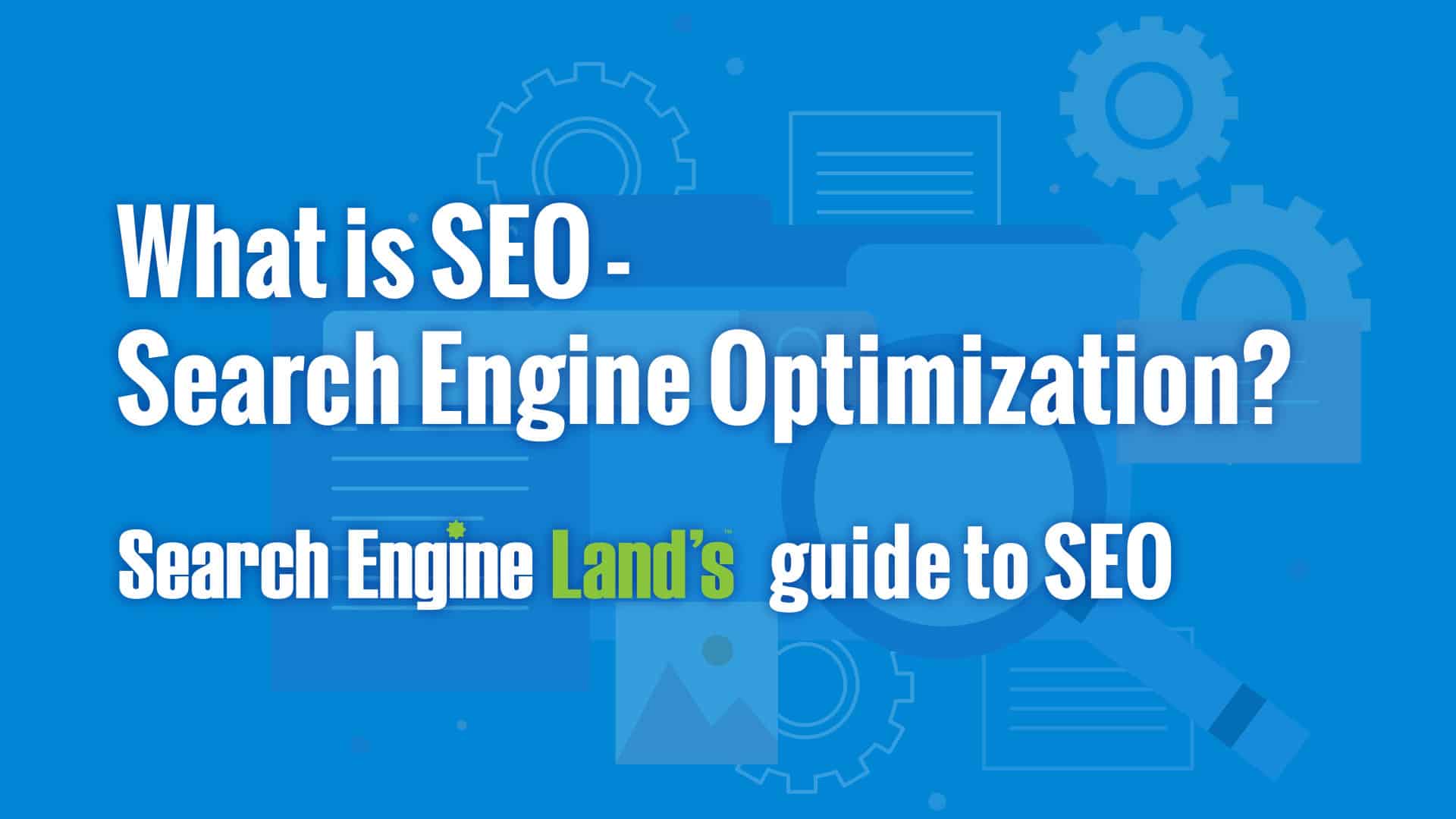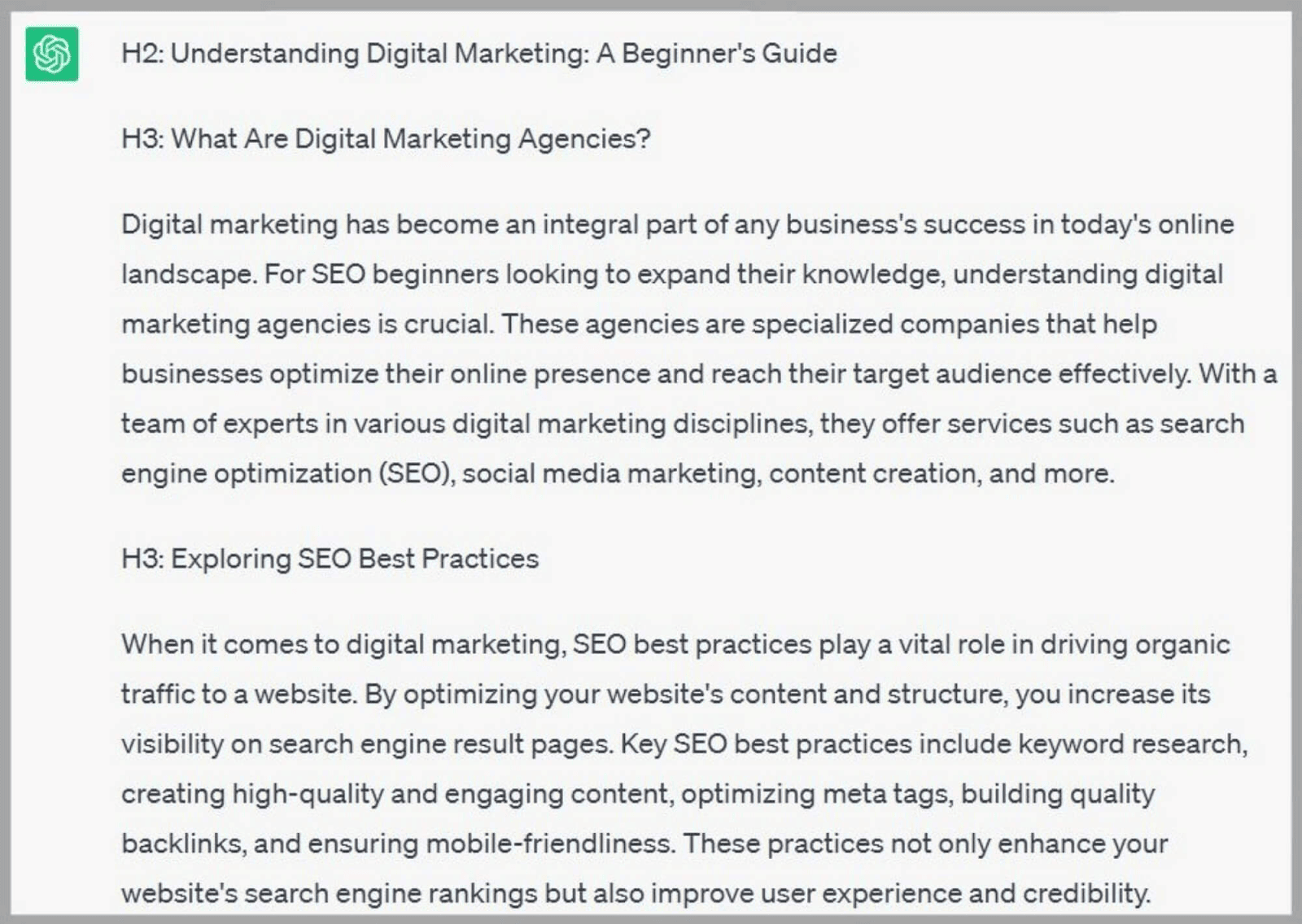Recognizing What Is Ruled Out a Default Medium in Google Analytics: Insights
Recognizing What Is Ruled Out a Default Medium in Google Analytics: Insights
Blog Article
Revealing the Unconventional Mediums in Google Analytics Beyond Default Settings
In the realm of digital analytics, Google Analytics stands as a keystone for businesses seeking to comprehend their on-line presence. While default setups offer valuable understandings, real depth of comprehending hinge on checking out the unusual mediums that typically go unnoticed. By venturing beyond the surface and delving right into the intricacies of social networks information, email campaign efficiency, referral web traffic resources, direct website traffic patterns, and personalized channel groups, a gold mine of info waits for those ready to welcome a more nuanced technique. However, what lies under these unusual mediums may just redefine just how businesses view and plan their on the internet efforts.

Leveraging Social Media Insights
Periodically neglected, yet immensely valuable, is the practice of leveraging social networks insights within the world of Google Analytics. By incorporating data from systems like Facebook, Twitter, Instagram, and LinkedIn right into Google Analytics, businesses can gain a much deeper understanding of their target market and the efficiency of their social networks campaigns.
Through this combination, marketing professionals can examine and track individual behavior on their web site that originates from social media sites systems. They can identify which social media channels are driving the most traffic, which material is reverberating with the target market, and which campaigns are converting the most leads. This understanding permits data-driven decisions to enhance social media approaches and improve total advertising efficiency.
Furthermore, by integrating social media insights with Google Analytics, companies can produce a lot more targeted and personalized campaigns - what is not considered a default medium in google analytics. They can utilize market info, passions, and online habits collected from social media to fine-tune their audience segmentation and provide customized messages that resonate with certain consumer teams. This targeted approach can cause greater involvement, raised conversions, and inevitably, boosted return on investment
Discovering Email Campaign Performance
Revealing Email Project Efficiency entails analyzing vital metrics and efficiency signs to examine the efficiency of e-mail advertising and marketing initiatives. When delving right into e-mail project performance, it is vital to examine metrics such as open rates, click-through rates, conversion prices, and unsubscribe prices. Open rates show the portion of recipients that opened up the e-mail, supplying understanding into the effectiveness of subject lines and sender names. Click-through prices determine the portion of recipients who clicked on web links within the email, showing engagement levels. Conversion rates track the percentage of recipients that finished a preferred action after clicking on a link in the email, such as purchasing or authorizing up for an e-newsletter. Unsubscribe rates highlight the number of receivers that decided out of obtaining further e-mails, losing light on e-mail material high quality and relevance. By analyzing these metrics, marketing experts can fine-tune their email advocate much better interaction and efficiency.
Studying Referral Web Traffic Sources
After reviewing the performance of e-mail campaigns through essential metrics such as open rates and conversion rates, the following vital step is analyzing reference website traffic resources in Google Analytics to recognize where site site visitors are coming from and exactly how they interact with the site. Reference website traffic sources refer to the web sites that direct individuals to your website via clickable links. By diving right into this data, services can get insights right into which exterior systems are driving web traffic to their website, whether it be social media platforms, companion web sites, or online directories.
It helps businesses determine high-performing reference sources that contribute substantially to internet site traffic and conversions. Google Analytics supplies detailed records on reference web traffic, allowing businesses to track the efficiency of each referral source properly and make data-driven decisions to improve their on the internet presence.
Checking Out Direct Web Traffic Patterns
Checking out the straight website traffic patterns in Google Analytics offers valuable insights into customer actions and the effectiveness of campaigns - what is not considered a default medium in google analytics. Direct website traffic describes visitors who come down on an internet site by directly inputting the link right into their web browser, using book markings, or clicking on untagged web links. Understanding straight web traffic patterns can help marketers assess the influence of offline marketing initiatives, brand acknowledgment, and the effectiveness of word-of-mouth referrals
By diving into straight traffic information, organizations can discover vital information about customer intent and brand commitment. Examining the habits of direct visitors, such as the web pages they check out, the time spent on site, and the conversion rate, can give a deeper understanding of individual engagement and the general effectiveness of the website in converting site visitors into customers.
Additionally, tracking straight web traffic patterns gradually allows services to identify patterns, seasonality impacts, and the success of specific campaigns or useful content promos in driving direct check outs. great site This details can then be made use of to fine-tune marketing techniques, maximize site material, and improve the total individual experience to make best use of conversions.
Making Use Of Personalized Network Groupings
Utilizing personalized channel groupings in Google Analytics allows services to categorize and evaluate their site web traffic based on certain criteria, offering valuable understandings for optimizing advertising techniques. Customized network groupings make it possible for business to create their very own personalized groups of website traffic sources, such as social networks, natural search, email campaigns, and referral traffic. By specifying these groups, services can acquire a much deeper understanding of just how different advertising and marketing channels add to their web site traffic and conversions.
This attribute is specifically helpful for companies with varied marketing approaches throughout various platforms. As an example, a business running both paid and natural social networks projects can set apart between the two to examine their individual efficiency properly. Furthermore, custom-made channel collections can assist recognize any type of forgotten or ignored web traffic resources that might be driving valuable involvement.
Conclusion

By venturing past the surface and diving right into the details of social media information, email project performance, reference website traffic resources, direct traffic patterns, and custom network groups, a prize chest of details awaits those ready to embrace an extra nuanced method. They can recognize which social media networks are driving the most traffic, which content is reverberating Find Out More with the target market, and which campaigns are transforming the most leads.After reviewing the efficiency of email campaigns through key metrics such as open prices and conversion rates, the next crucial step is examining reference web traffic resources in Google Analytics to recognize where site visitors are coming from and just how they connect with the site. Personalized network collections make it possible for firms to create their own personalized groupings of traffic resources, such as social media, organic search, e-mail projects, and referral traffic. By leveraging social media understandings, discovering email project performance, assessing reference web traffic resources, discovering direct web traffic patterns, and utilizing custom-made network groups, marketing professionals can gain valuable understandings into their on-line visibility.
Report this page